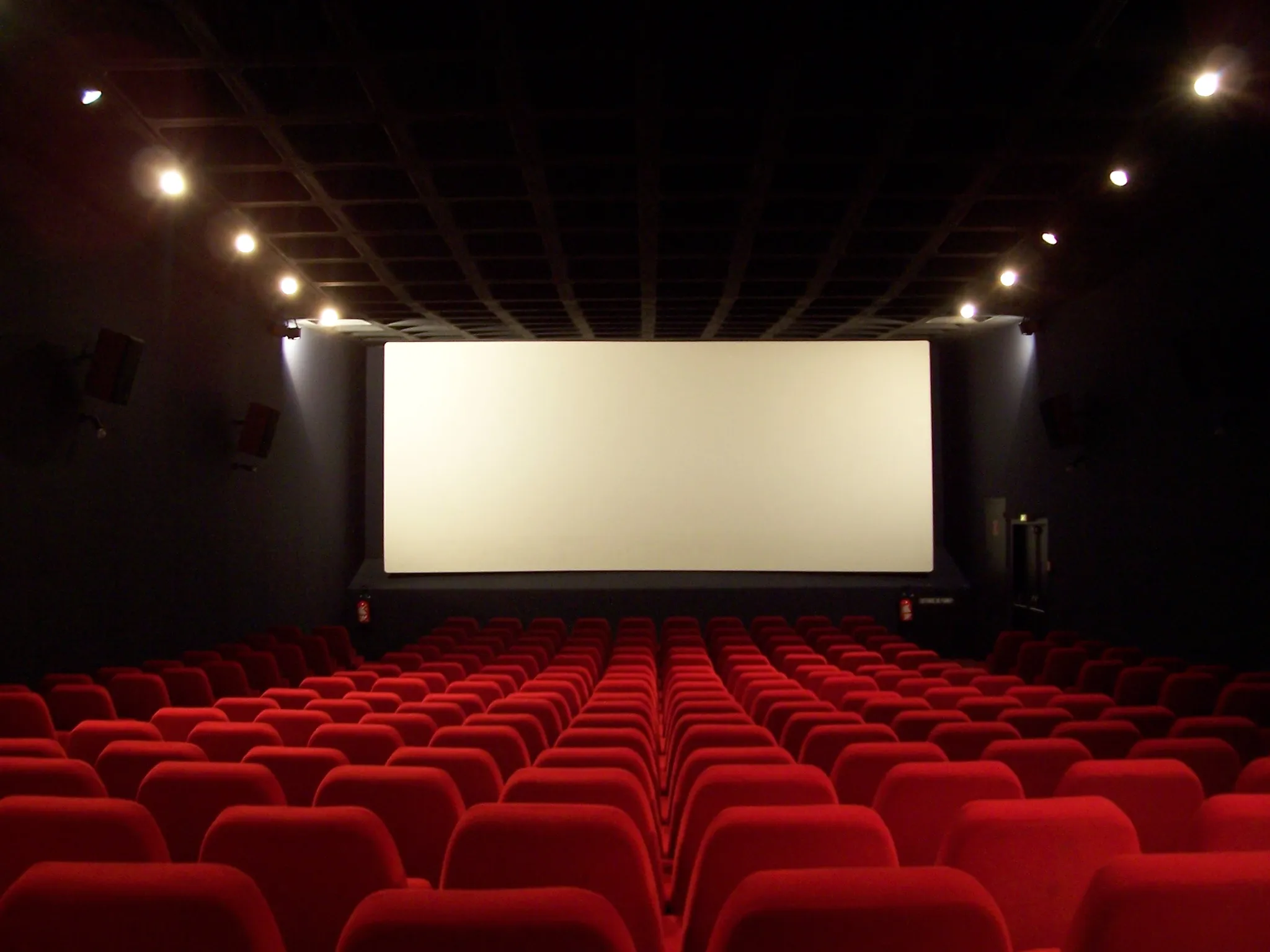
The cultural heritage of ancient civilizations and one of the oldest forms of social interaction, games have been part of our culture for the last 5000 years. Founded in a religious setting, games became part of court culture and markers of social status among pastime royalty and elite. Starting as a collection of 49 carved, painted stones in Turkey, gaming is now becoming part of our daily tasks. In fact, it represents 2.5 hours a day for more than 50% of teenagers aged 13 to 17. That’s 75 hours a month, 915 hours a year, and, if you factor out sleeping, 16% of their day. So, what does the 3000 BC Turkish elite have in common with the 21st Century teenager? Well, they both love gaming.


As technology advances, the concept of games has broadened and adapted. Gamification now allows the introduction of game functionalities and rewards in everyday activities, conveying a game-like feel. This strategy has been implemented in several areas, such as education, workplace and recruitment, and marketing. Think of Duolingo, the new McKinsey assessment game, or Nike Running Club. These are all examples of gamification in action.
With attention spans getting shorter and more selective, it’s key to find more engaging ways of advertising. Gamification marketing has been around for a while, and its way of grabbing and maintaining attention through gameplay and storytelling may become increasingly relevant. Thus, here are a few tips you should keep in mind for a successful gamification marketing campaign:
- Know your target audience: take into account who your customer is and what he or she likes.
- Create a competition to improve engagement. You can offer badges, trophies, and allow customers to challenge their friends.
- Keep it simple and fun: start with a simple action and a fun reward as a reaction. Try to make it effortless and straightforward. Simple strategies such as rewarding customers for interacting with the brand can be effective in tapping into behavior. Furthermore, by keeping it simple at first, you can more easily analyze which strategies work best, and adapt and grow from there.
- Don’t forget emotions: gamification already captures customers’ attention, but if you can pair it with positive emotion, you will create a tie between your business and positive experiences.
- Make it a value exchange: think about what you’re offering your customer. There should be value apart from the game experience itself.
- Consider regional differences, as certain tasks and rewards have different impacts depending on the region.
- Use creative storytelling. A good story makes your campaign stand out, whether it’s gamified or not. Additionally, it also makes it more fun, sharable, and encourages engagement.
All in all, the basis of gamification is simply the use of gameplay to create incentives that encourage the behavior. In the marketing field, it has been used, for quite some time, to get products in front of users and nudge consumers to engage with brands. If successfully implemented, it can foster engagement, even as attention spans are increasingly more selective, and build important ties between the brand and positive experiences.
REFERENCES
https://cmch.tv/parents/video-games/
https://en.m.wikipedia.org/wiki/History_of_games




